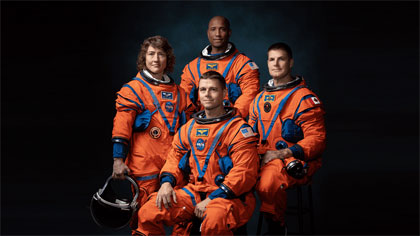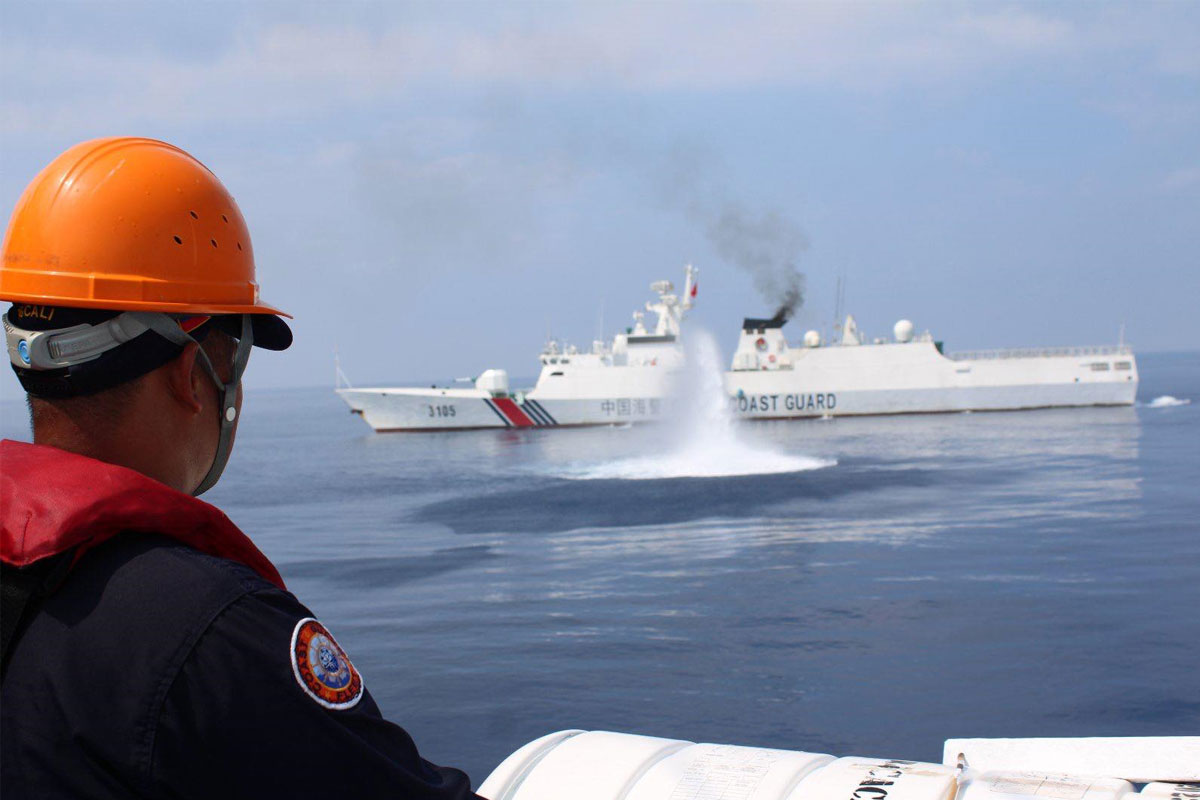
We’re Going Back To The Moon! Meet The Crew Of Artemis II
NASA has confirmed the first humans to go to the Moon in over 50 years.
 Dr. Alfredo Carpineti
Dr. Alfredo Carpineti
Senior Staff Writer & Space Correspondent
 The four Artemis II astronauts. From left to right: Christina Koch, Victor Glover, Jeremy Hansen, with mission commander Reid Wiseman in front. Image Credit: NASA
The four Artemis II astronauts. From left to right: Christina Koch, Victor Glover, Jeremy Hansen, with mission commander Reid Wiseman in front. Image Credit: NASA
NASA has announced the four astronauts that will make up the crew of Artemis II, the next step in the ambitious mission to return humans to the surface of the Moon.
The four astronauts announced today are NASA’s Reid Wiseman, Victor Glover, and record-breaking Christina Koch, and Canadian astronaut Jeremy Hansen. The mission will not land on the Moon but it will be the first crewed mission to go to the Moon in over half a century, and includes the first woman and the first person of color to go to the Moon. Koch and Glover will also be the first woman and person of color to ever travel to deep space.
“Together we will usher in new era of exploration for a new generation of star sailors and dreamers—the Artemis generation,” NASA Administrator Senator Bill Nelson said during the press conference.
Artemis II follows on from the successful test of Artemis I, which flew around the Moon at the end of 2022. The mission will last a maximum of 21 days and it is expected to launch in November 2024. This will also be the first astronaut launch from Launch Complex 39B at the Kennedy Space Center since Space Shuttle Discovery in 2006.
Artemis II will be the furthest humans have gone since Apollo 17 in 1972. They will fly as close as 10,000 kilometers (6,100 miles) from the far side of the Moon. The mission is the first crewed test flight for NASA’s megarocket, the Space Launch System (SLS), and the Orion spacecraft. Artemis I was hit by many necessary delays, but the success of the initial test flights for both the SLS and Orion was worth the wait.
The SLS rocket was the most powerful rocket ever to launch and it didn’t just get a passing grade, it excelled. It outperformed the many expectations NASA and beyond had for it. The Orion capsule complete more than 161 test objectives and of those, 20 were added during its flight because it was doing so well. The European-built service module generated 20 percent more power and used 25 percent less energy than predicted, a very welcome fact for future missions.
Artemis II will continue to test the rocket and capsule but this time with a crew, knowing that the systems have shown people on board can be safe. While not landing on the Moon, it will inform future Moon-landing missions and all other deep space crewed missions around the Moon.
Assuming the success of Artemis II, Artemis III will see humans land at the Moon’s South Pole potentially in November 2025.
iflscience.com




















